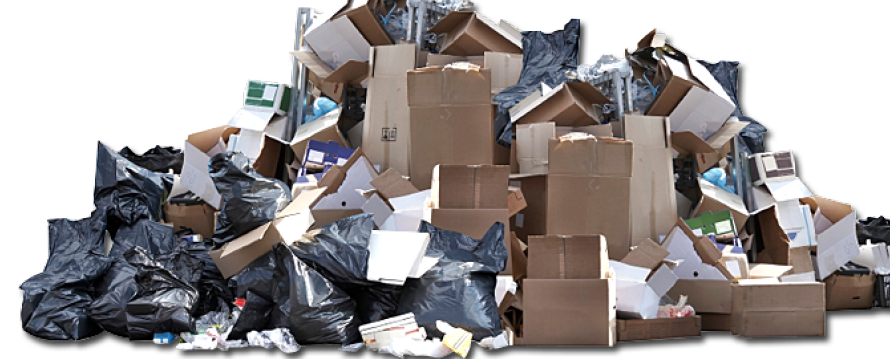When attempting to decide whether something is junk or not, you have to understand that the definition means different things to different people. Generally speaking, junk typically has no value and is simply taking up space in a position that could be otherwise used for something useful. Items that fall into the junk category tend to include leftover construction materials, broken furniture, and yard debris or refuse. These items will be discussed in greater detail below, but they are all common junk items people frequently look to get rid of. Construction materials in particular are a common junk removal specialty due to the larger scale renovations and remodeling efforts that are continuously going on in the bustling city.
Deciding whether something is junk or not really comes down to value, which is the price someone is willing to pay for an item. For instance, if you already have a working washing machine in your home and an old, leaky one is taking up space in your garage, you might be willing to give the broken one away if someone would be willing to haul it off – it has no value to you. On the flip side, some mechanically-inclined individual with access to parts might see a broken washer as a small chore to repair and would be willing to pay the homeowner to have the rights take it. That person sees value in the washing machine, so it is not junk to them. Should you find yourself unsure of what to toss and what to keep, you might consider bringing in an appraiser, but you should have a decent amount of merchandise to appraise as they will charge you for the service.
Other than that, you can have a yard sale which might give you an idea of the items still carrying value to some people, and simply call a junk removal service like 1-888-I-AM-JUNK to take away the remaining things. To go into greater detail, the following categories are considered to be junk more times than not:
- Broken appliances – Due to expensive repair costs and a lack of technical know-how, these items tend to make their way to landfills on a frequent basis. Broken furniture would also fall into this category.
- Excess organic material – These might be extra rolls of foam or carpet that are not big enough to re-sell, but might not be enough to cover a decent sized room, so even though the homeowner has little more use than for a patch, they hold onto these materials due to perceived value.
- Remodeling materials – There is not much way to salvage the drywall, carpet, tile or wood pulled up from floors and walls, but these materials may be too heavy and cumbersome to haul away by the homeowner, so they end up in the yard or garage to collect dust and attract insects.
Unfortunately no one is going to tell you if your things are junk or not, unless you maybe go to a pawn shop. Should you go that route, make sure you have a thick skin. You should have a pretty good idea based on the last time any of it was used if it has real value. In the event that the materials have been of no benefit to you in several years, it would probably be best to call a junk removal service in the greater Toronto area that will take care of the problem for you and definitively answer the question if it was junk or not.

